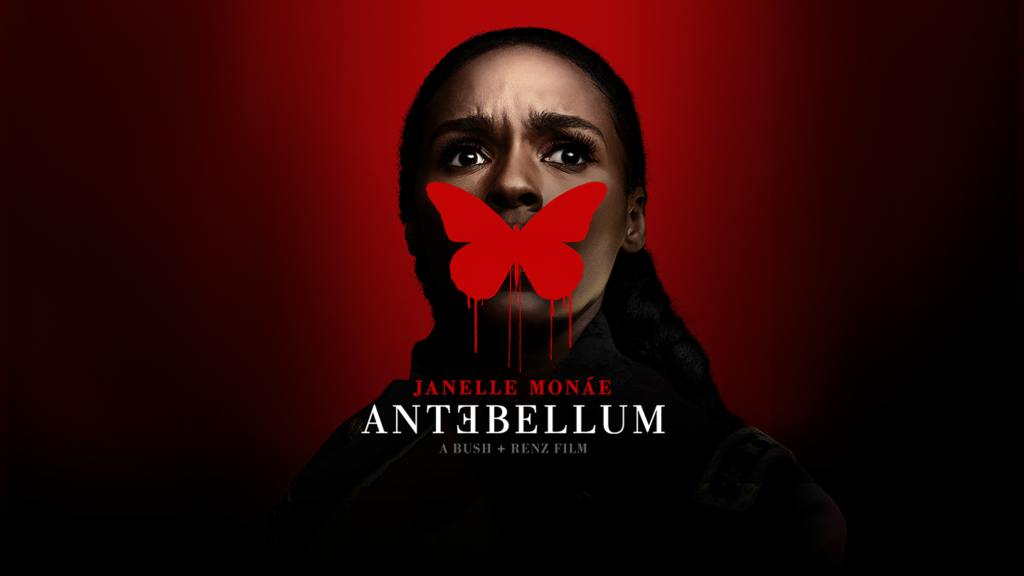In their new film “Antebellum,” writers Gerard Bush and Christopher Rentz offer a gut-wrenching horror film critique of the Civil War and slavery with a modern-day twist.
With its mid-September release, the film came at the heels of months of political and racial strife and posed the question: “Is the past really the past?”
The movie follows the protagonist Veronica (Janelle Monáe), a notable public figure, as she navigates a field of cotton and whips that seamlessly transition into brownstones and auditoriums, a commentary on the continuity of time that links all of us to the past.
Unlike other movies of the slave film genre, “Antebellum” does not aim to humanize the oppressors. Instead, it identifies the oppressive, inherently racist nature of Western culture but also places it in a setting that anyone can relate to: the present-day. By weaving Civil War themes throughout the film and placing it in the present, the audience is left with the sour, unwavering idea that the power imbalance of slavery’s past could be replicated easily today or tomorrow, that the disappearances of Black people in American society continues to go unnoticed.
In “Antebellum,” Veronica and other prominent African-Americans of the 21st century are plucked from their high place in American society and subjected to the horrors of their ancestors’ pasts.
Although the film was largely influenced by Jordan Peele’s “Get Out,” and positioned itself as a sort of counterpart, “Antebellum” fell short of Peele’s now-classic film. “Antebellum” flaunted some of Peele’s touches and frequent themes of assimilation and defiance- it even implemented a “Get Out”-esque orchestral score- but it lacked the depth that a Jordan Peele movie typically entails. “Get Out,” for example, is filled with metaphors such as the deer, either in headlights or already dead and plastered on a wall, that hints at the protagonists’ cluelessness to present danger. It is the unraveling of such artistic devices that makes the film such a pleasure to watch many times over and, in my opinion, a masterpiece. This is what “Antebellum” is not, most of all because of how literal it feels.
“Antebellum,” just shy of two hours, could have easily been three, if it included the necessary plot development and details considering the most developed idea of the entire movie was an underwhelming commentary on beauty and cultural assimilation. Its’ greatest fault was that it was rushed and underdeveloped and left a few untied strings.
Nonetheless, “Antebellum” offers a brilliant critique of society and the current condition of African-Americans. And, if nothing else, it acts as a reminder that the only separation between the present and the past is the 13th amendment, which abolished slavery only on paper.
